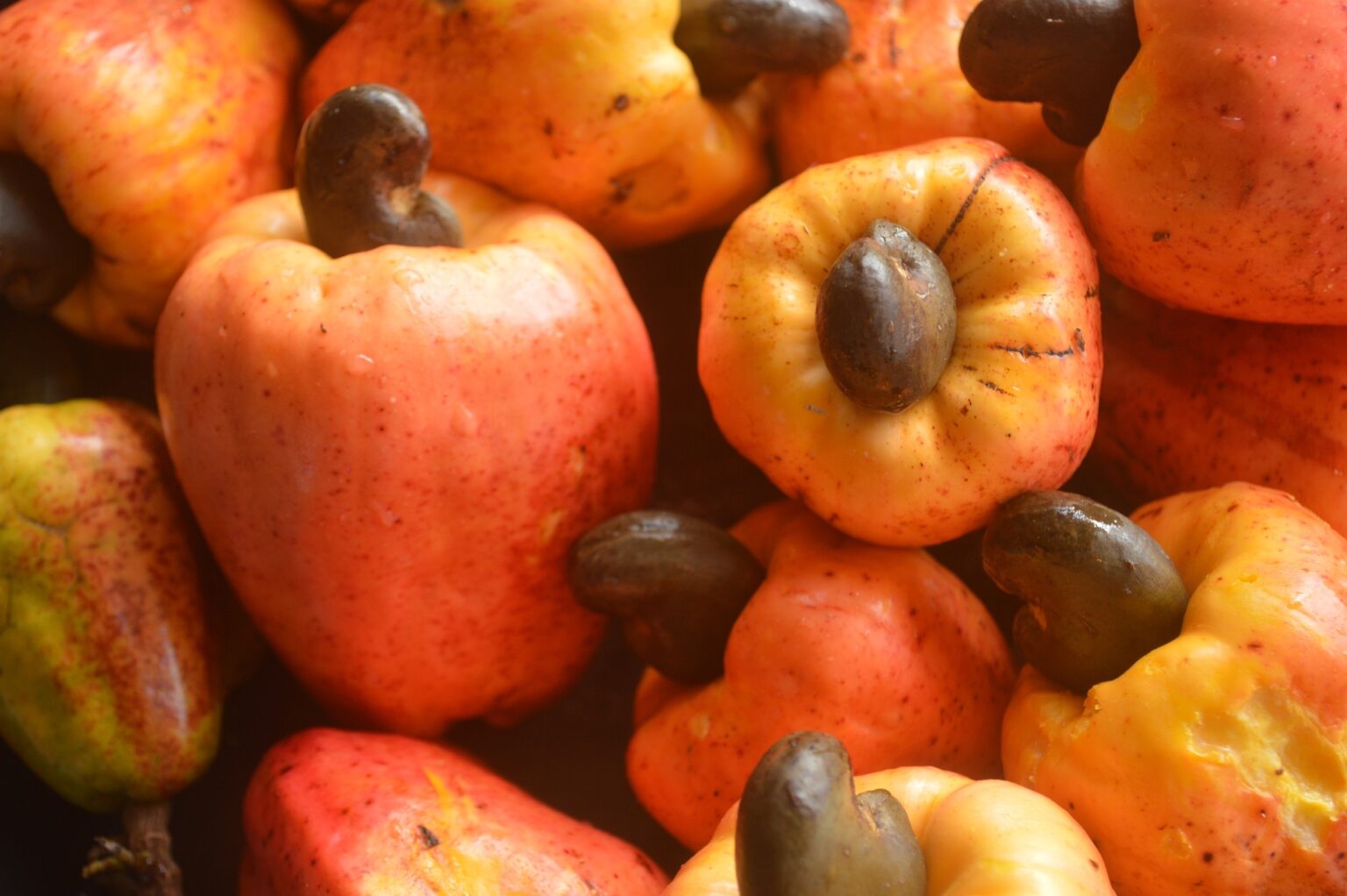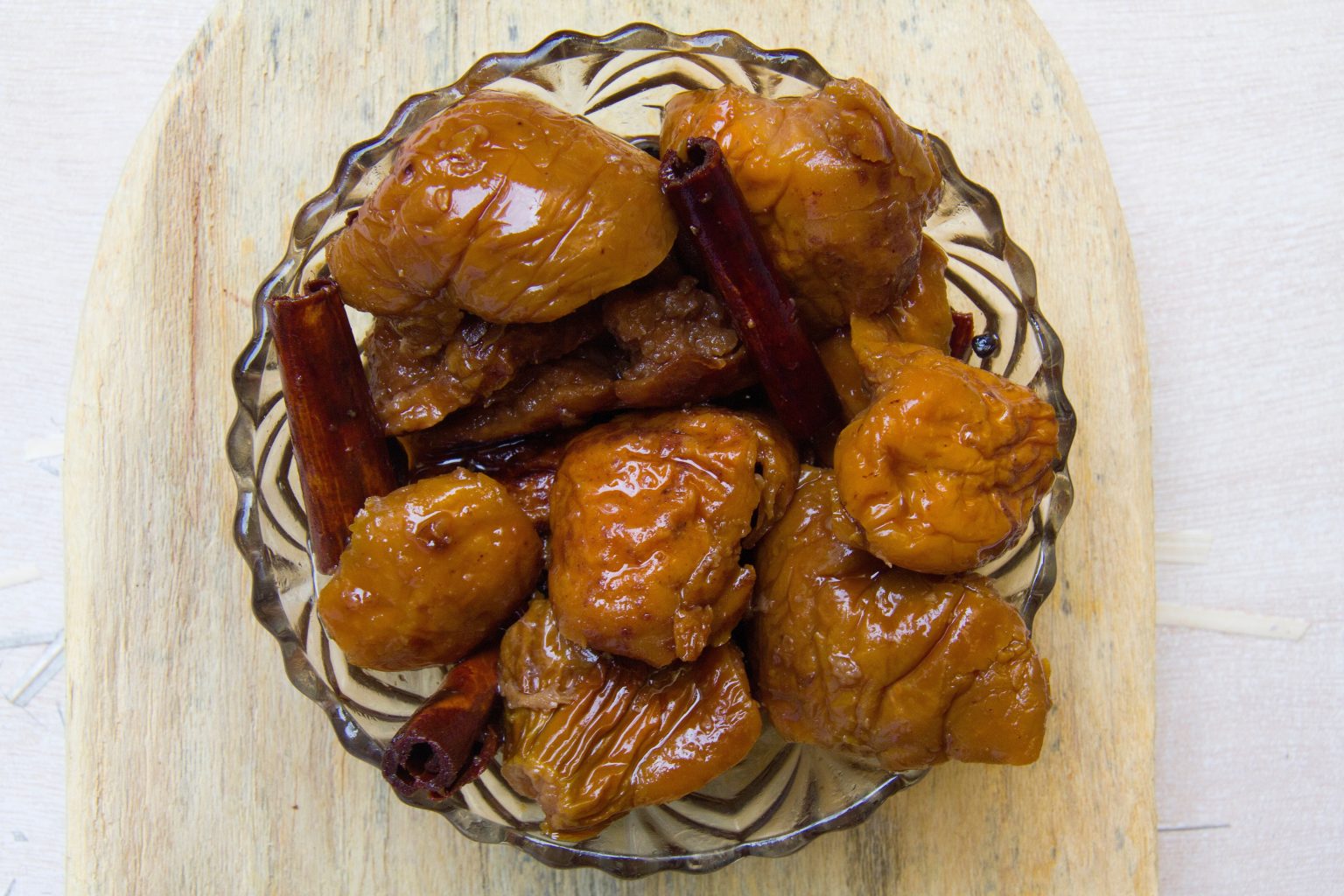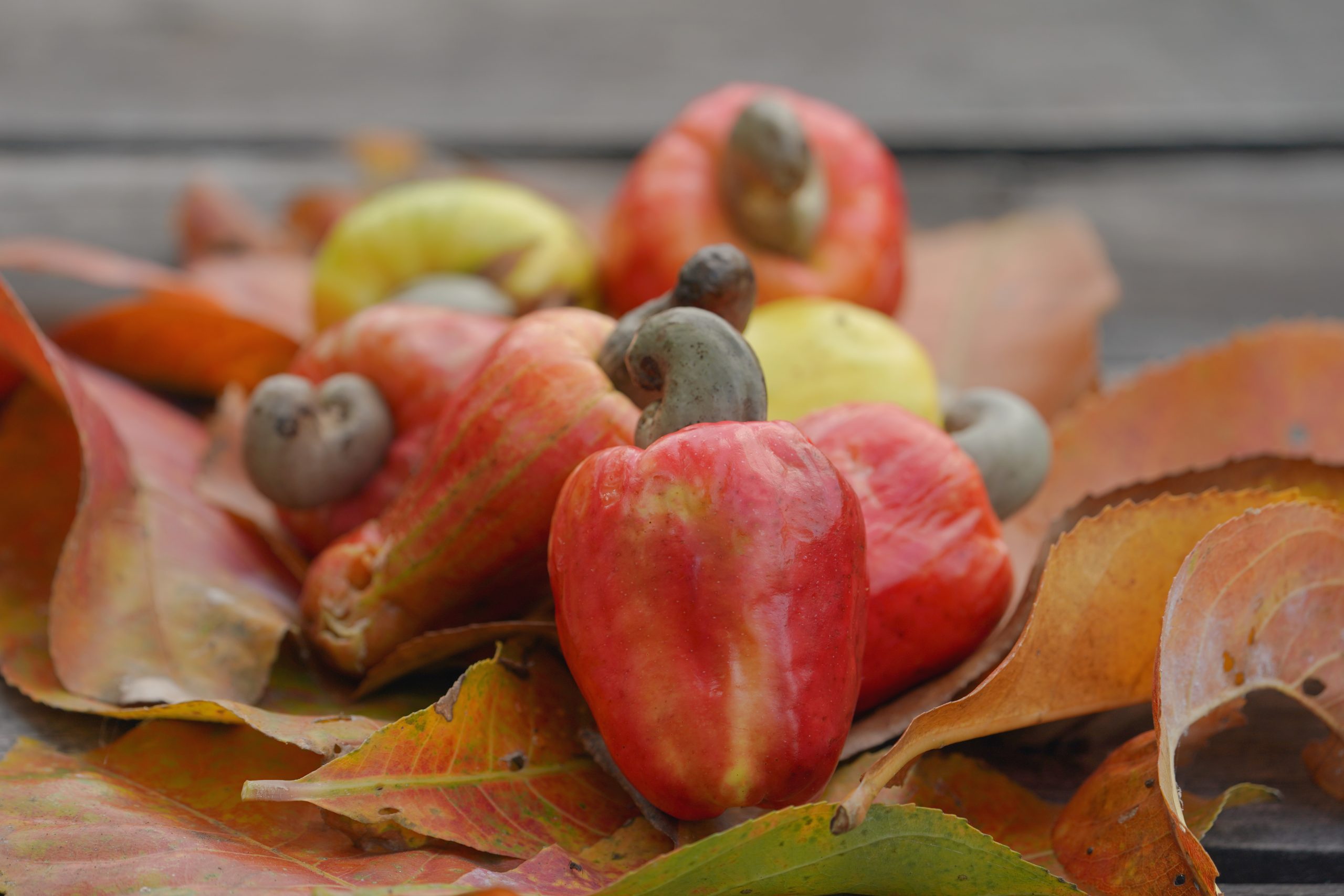Have you ever thought about where your favorite cashew nuts come from? You might picture a tree, maybe a simple pod, but the actual source is a bit more interesting, a bit more surprising, actually. What many people don't realize is that the cashew nut has a colorful, fleshy companion that grows right alongside it, something often overlooked yet full of its own distinct character. This companion is known as the cashew apple, and its story is one worth hearing, in a way.
This vibrant part of the cashew plant, often called a pseudo fruit by those who study plants, really challenges what we might typically think of as a fruit. It's not like your everyday apple or orange, which form from a plant's reproductive part. Instead, this particular fruit-like structure comes from a different section of the plant, the stem part that holds the flower, which is quite fascinating when you think about it. It means it has a somewhat different botanical background compared to many other fruits we enjoy, you know.
For centuries, people in places where the cashew tree grows have known about and used this less famous part of the plant. The cashew nut has certainly taken the spotlight globally; however, this other part, the cashew apple, has its own special place in local traditions and kitchens. This article will shine a light on this amazing cashew apple, looking at how it's used, what good things it offers us, and its meaning in different cultures, basically.
Table of Contents



